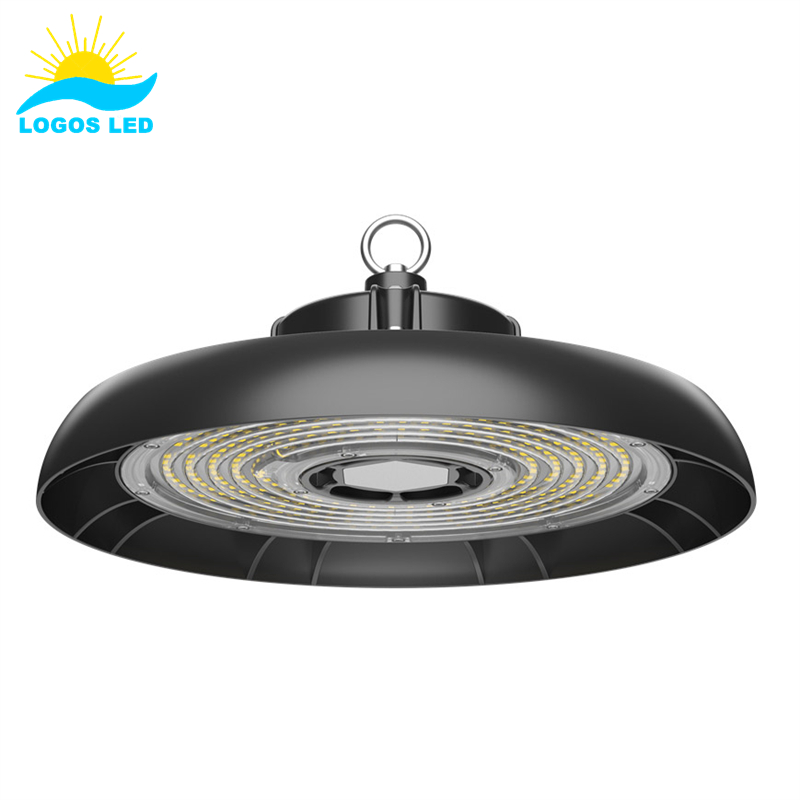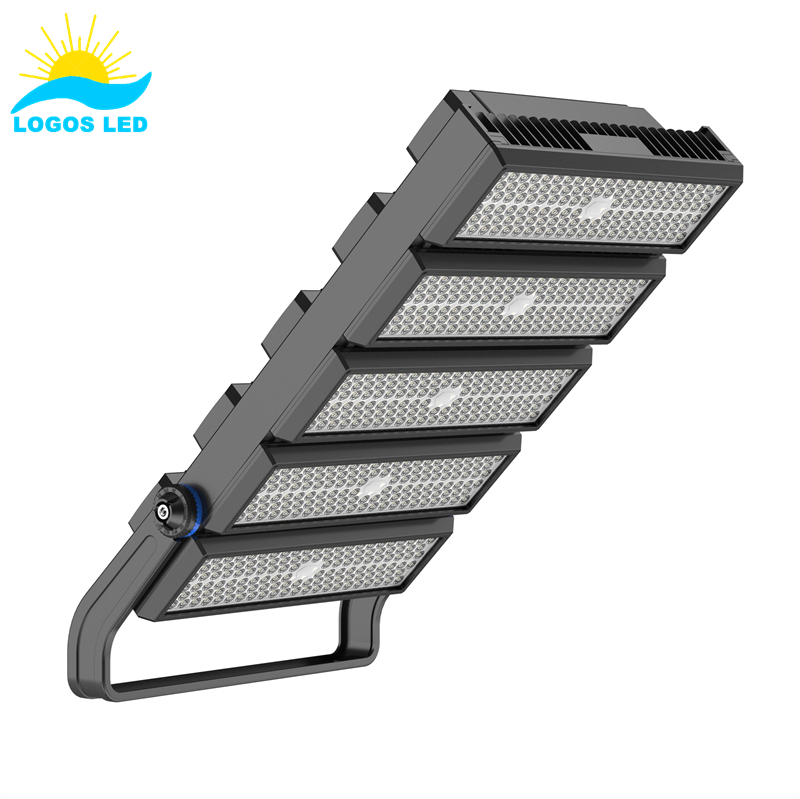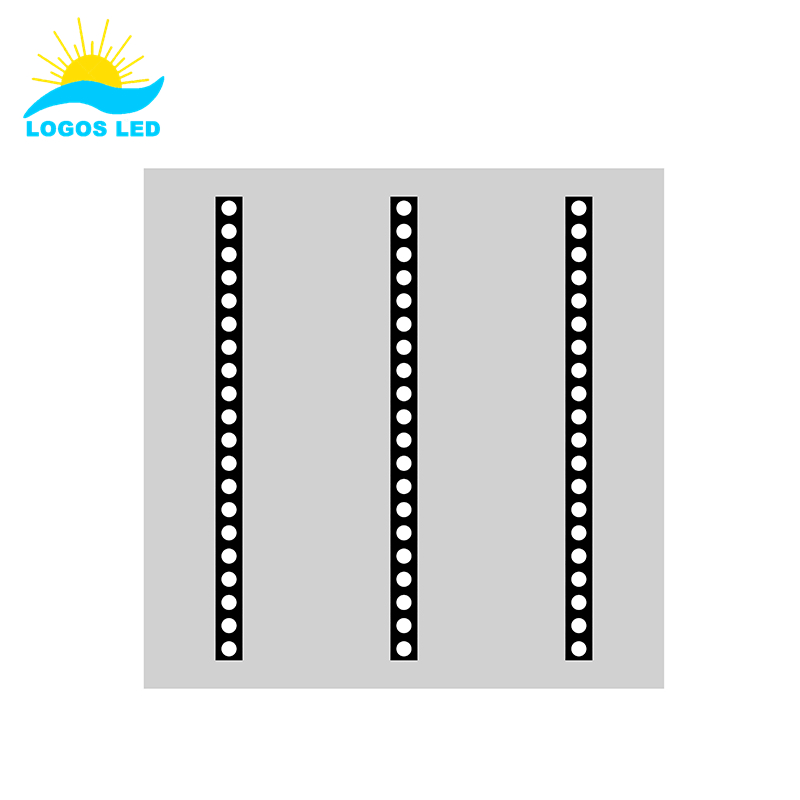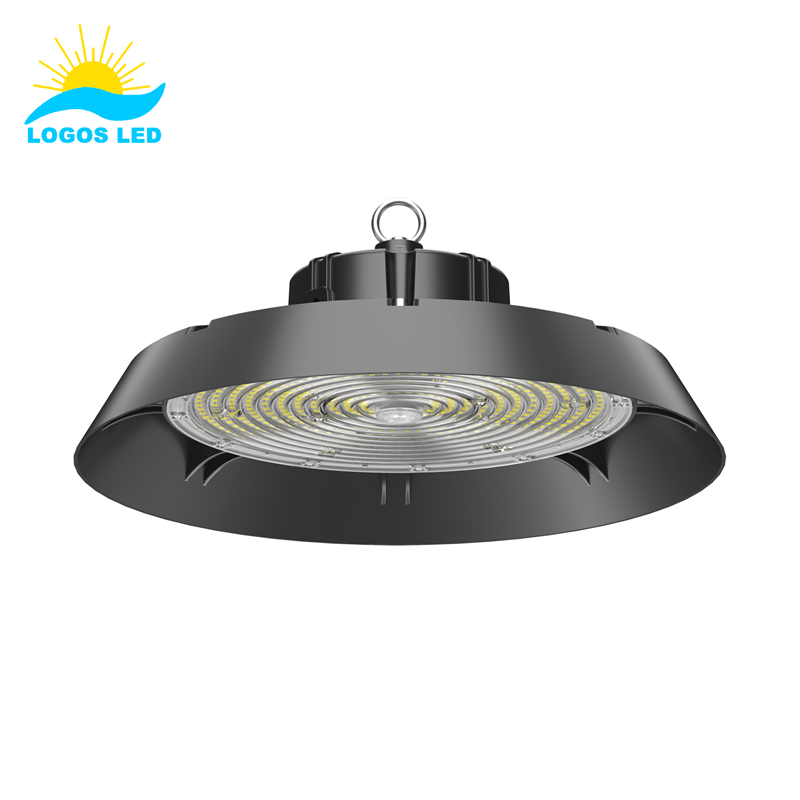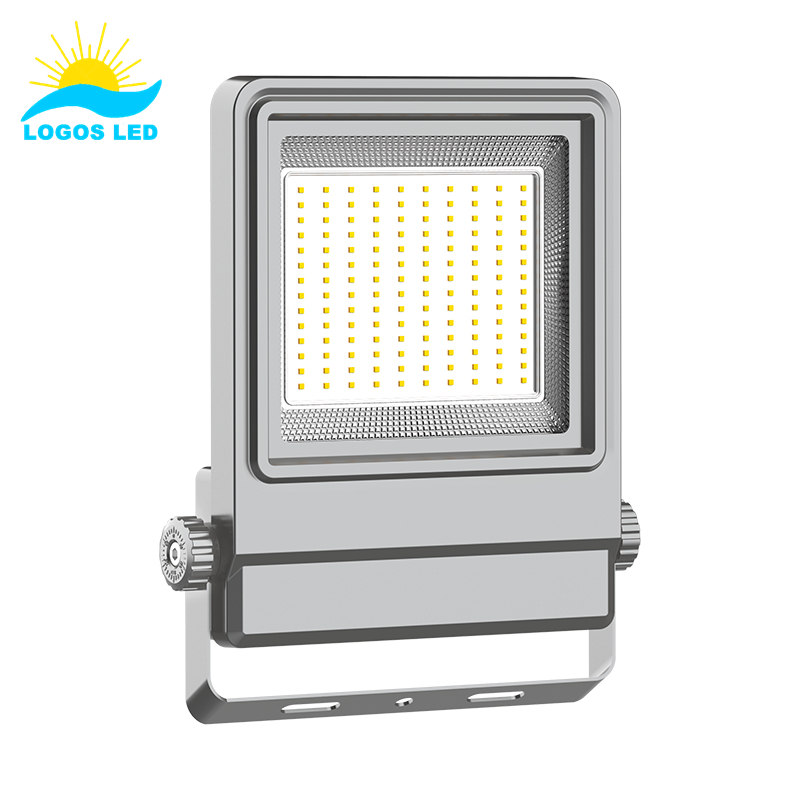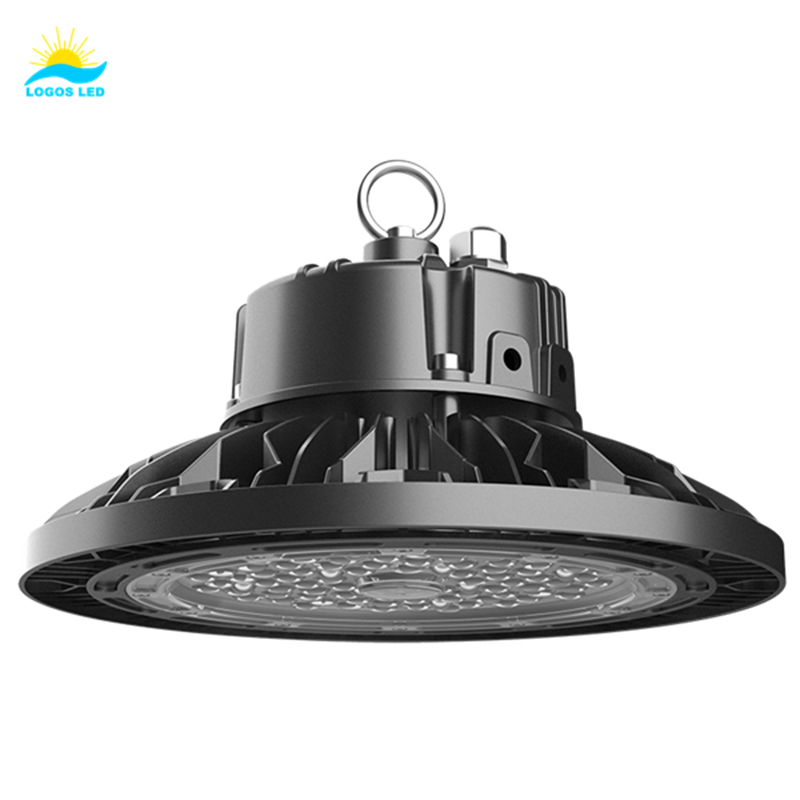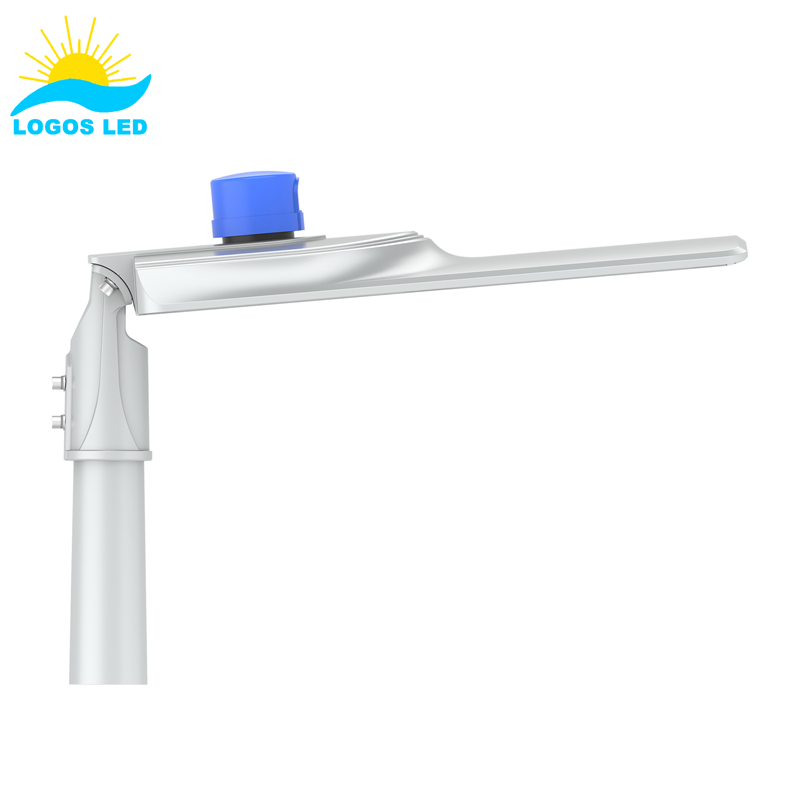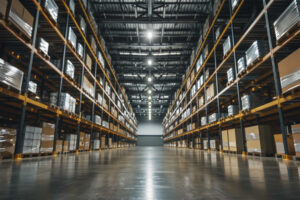Inefficient crane lighting is a huge problem. It makes your cranes inefficient, and it’s dangerous. You can have accidents that can cost you a lot of money and ruin your reputation. Solve this problem with our advanced LED solutions.
Port cranes need special lights to be safe and work right. This is especially true when it’s dark or the weather is bad. Good lights, like LED crane flood lights and tower crane lights, stop accidents and keep the port running smoothly. We’re going to look at the specific lighting needs and standards for port cranes. Make sure you buy good lights that don’t break and are safe to use all over the world.
Continuing to read will provide you with detailed insights into the crucial role of lighting in crane operations.
Table of Contents
What are Crane Lights?
Crane lights are specialized, high-intensity lighting fixtures designed specifically for use on various types of cranes, including tower cranes, mobile cranes, and overhead cranes. Their primary purpose is to ensure safety and improve visibility for crane operators and surrounding personnel during operations, particularly under low-light conditions or during nighttime work.
These lights help illuminate the crane’s working area, including the load and surrounding environment, to prevent accidents and facilitate efficient operation. Crane lights must be durable enough to withstand the harsh operating conditions often found in industrial settings, including vibrations, extreme temperatures, and exposure to dust and moisture.
Types of crane lights can vary based on their specific applications and may include:
- LED crane safety lights
- Tower crane flood lights
- Mobile crane warning lights
They are designed to be energy-efficient, powerful, and long-lasting to reduce maintenance downtime and enhance operational safety.
What are the Requirements for Crane Lights?
The requirements for crane lights are extensive, given the critical role they play in ensuring safety and operational efficiency in various industrial settings. Here’s a detailed breakdown of the essential characteristics that crane lights must possess:
Durability and Resistance
Crane lights must be highly durable and resistant to withstand the extreme conditions typically found in industrial environments. This includes resistance to vibrations, shocks, and impacts that could occur during crane operations. The construction materials and design should ensure that lights can endure long operational hours without failure.
Sufficient Illuminance
Proper illuminance is crucial to ensure that crane operators and ground personnel can see clearly and work safely. The lights must provide enough brightness to cover the entire working area effectively. This involves having a high lumen output that can illuminate large distances and heights typical of crane operations.
Color Rendering
Good color rendering is important for crane lights as it helps operators accurately see the colors of signals and the surrounding environment, which is vital for safety. A high Color Rendering Index (CRI) enables more precise visibility of wires, loads, and other critical components and reduces the risk of accidents due to misinterpretation of signals.
Uniformity
The illumination provided by crane lights should be uniform, without creating dark spots or excessively bright areas that could impair visibility. Uniform lighting helps in preventing eye strain and allows for better perception of depth and detail, which is essential during intricate lifting operations.
Glare Reduction
Crane lights should be designed to minimize glare, which can be a significant hazard. Glare can blind or disorient operators and ground personnel, leading to errors and accidents. Effective glare reduction can be achieved through proper light positioning and using fixtures with anti-glare shields or lenses.
Weatherproofing
Given that many cranes operate outdoors and are exposed to various weather conditions, crane lights need to be weatherproof. This includes being waterproof, dustproof, and capable of operating effectively in extreme temperatures. This ensures that lights remain operational and effective regardless of rain, snow, or dust conditions.
Minimize Lighting Pollution
Crane lights should be designed to minimize light pollution, especially in environments close to urban areas or sensitive ecosystems. This involves directing light downwards and ensuring it is focused on necessary areas to prevent spill-over that can affect nearby communities or wildlife.
Adhering to these requirements not only enhances the safety and efficiency of crane operations but also ensures compliance with various international safety and environmental standards.
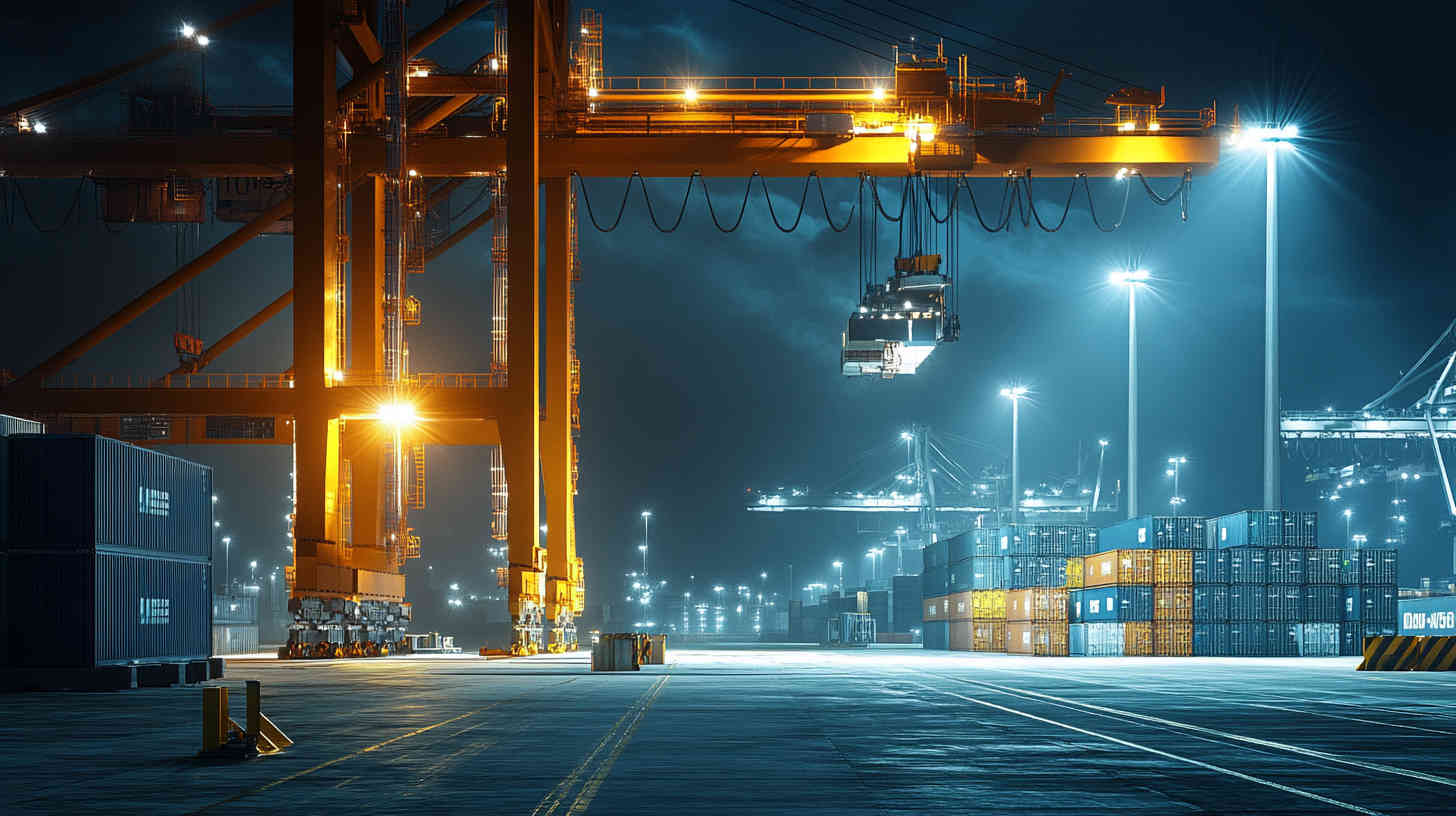
Three Special Lighting Requirements for Port Cranes
Port cranes operate in particularly challenging environments that demand lighting systems to have specific characteristics beyond standard industrial requirements. Here are three special lighting requirements essential for port cranes:
Vibration Resistant
Port cranes, especially those involved in loading and unloading heavy containers and materials, are subjected to significant vibrations during operations. The lights used on these cranes must be specially designed to resist these vibrations to ensure continuous and reliable performance. Vibration-resistant lights are built with robust housings and secure mounting systems that prevent loosening or damage over time. This feature is crucial for maintaining consistent illumination and avoiding frequent replacements or repairs due to vibration-induced failures.
Anti-corrosion
Given the proximity to marine environments where saltwater exposure is common, port crane lights must be highly resistant to corrosion. Corrosive conditions can deteriorate standard lighting fixtures quickly, leading to failures and unsafe working conditions. Anti-corrosion features in crane lighting often include the use of materials such as stainless steel, specialized coatings, and sealants that protect against salt air and water. This ensures longevity and reliability of the lighting fixtures, even in harsh maritime conditions.
Suitable Beam Angle
The beam angle of the lights on port cranes is crucial for ensuring that the light adequately covers the necessary working area without causing glare or leaving some areas under-lit. A suitable beam angle helps focus the light precisely where it is needed, enhancing visibility for crane operators and ground personnel. It is important that the beam is wide enough to illuminate a large area, yet focused enough to prevent light spillage that can distract other workers or interfere with neighboring operations. Proper beam angle selection helps in achieving efficient and safe lighting, optimizing the crane’s operation during loading and unloading tasks.
These specialized requirements ensure that lighting on port cranes can handle the unique challenges posed by port environments, contributing to safer and more efficient operations.
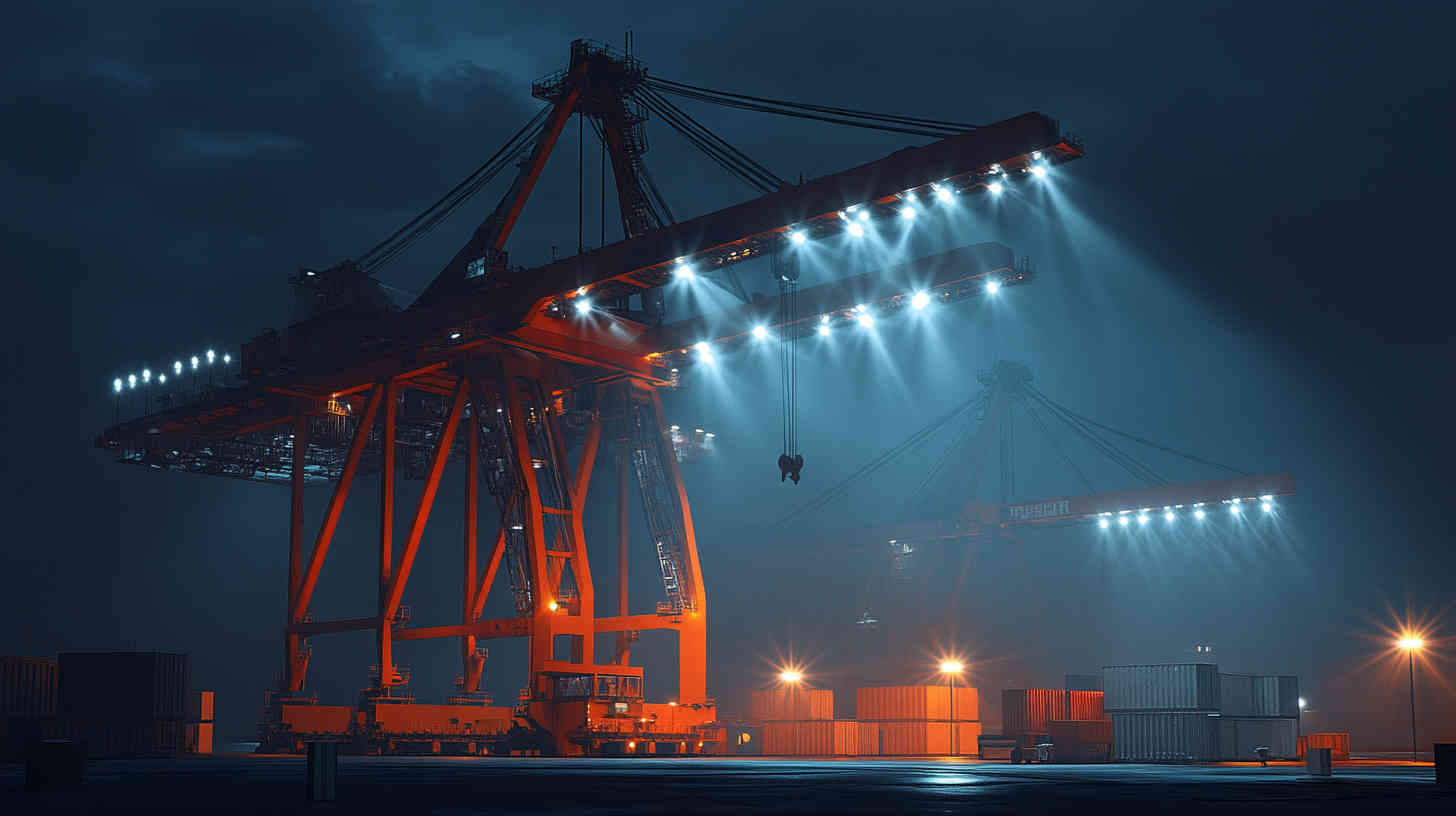
Are Lights Required on Cranes?
Yes, lights are mandatory on cranes to ensure safety and compliance with global safety regulations. These regulations specify the types of lights—such as overhead crane safety lights and crane spot lights—needed to illuminate various parts of the crane and the load being handled, especially in low visibility or night-time operations.
How Do They Put Lights on Cranes?
Installing lights on cranes involves attaching durable, weather-resistant fixtures strategically around the crane structure. Common locations include the boom, jib, and body of the crane, ensuring comprehensive illumination of the working area. This setup must endure the harsh operational environment typical of crane operations.
Do Cranes Have to Be Lit Up at Night?
Absolutely. Night-time operations require cranes to be well-lit to maintain high safety standards and operational efficiency. This includes not only the working area of the crane but also navigation paths and surrounding work zones to safeguard all personnel and equipment involved.
What Are the Lighting Requirements for a Shipyard?
Shipyards require extensive and robust lighting solutions to support safe crane operations. This includes fixed lighting on cranes and ample ambient lighting around the yard. Standards specify minimum light levels for different areas and activities, ensuring that all operations, from cargo handling to ship maintenance, are conducted safely.
Conclusion
In conclusion, proper lighting is a non-negotiable aspect of crane operations at ports and shipyards. Implementing the right type of lights, such as LED crane safety lights, not only enhances safety but also improves operational efficiency. Logos Lighting offers a range of top-quality, customizable LED solutions that meet international standards and support the rigorous demands of crane operations. Investing in superior lighting technology from Logos Lighting ensures that your crane operations can proceed safely and smoothly, regardless of the time of day or weather conditions.
If you need help with port crane lighting or have questions, please feel free to reach out to us directly. Our team of lighting experts is here to help.
Request A Free Quote Now!
Send us a message if you have any questions or request a quote. We will get back to you ASAP!



